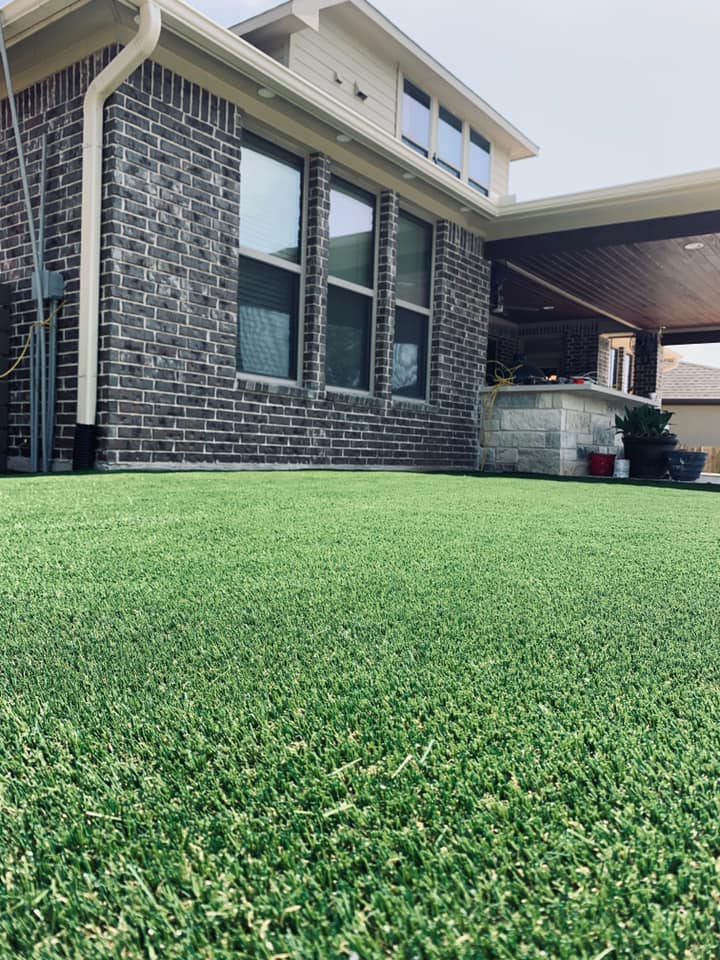Turf Installation
How to Install Artificial Turf on Residential Surfaces

Step 1: Clear area of debris, such as rocks, leaves and roots.
Before you install artificial turf, ensure that you have cleared away any debris and created a flat surface of dirt for your entire space.
Step 2: Pack down the area of dirt to create a flat surface.
Using a tamp or other flat object, flatten the surface as much as possible. For larger areas, use a roller.
Step 3: Pour crushed rock base on the surface.
Use this fine gravel as a barrier between the turf and dirt for drainage. This base will also fill in any remaining holes in the dirt. If not available at your local landscape store, most local quarries have it.
Step 4: Lay your turf over the base.
If you have a larger piece than the area you are covering, lay the piece first, then trim the turf with an exacto knife to ensure it fits nicely.
Step 5: If you are laying multiple rolls, join together the seams.
Use this tape or glue to piece together the sections you are laying.
Step 6: Secure your turf with nails.
Available at most hardware stores, these 8 or 10 inch nails should be used every 12 to 18 inches around the edges of the turf, and sporadically throughout the middle.
Step 7: Brush your turf.
As turf often arrives in a roll, it will initially be matted down. Some “slit-film” turf requires the use of a wire brush to actually separate the blades. Use the brush to stand up the blades. These brushes are available at most hardware stores.
Step 8: Care for your turf.
Most artificial turf / grass can be swept or vacuumed. Many types of turf have perforations in the backing which allow for ideal drainage (recommended for pets).
